
#DigiBlogChat March 15, 2022 Email Marketing with Tess Wittler!| Image by Gerd Altmann from Pixabay
The Topic for #DigiBlogChat on March 15, 2022 is the State of Email Marketing in 2022 with Tess Wittler of @TessWittler. Questions are by Tess Wittler.
Join us on Twitter each Tuesday at 1:00 p.m. PST for #DigiBlogChat. My partner for these chats is @LazBlazter. If you need to know how to participate, click here: How to Join #DigiBlogChat.
Here are the questions for our chat:
Q1. Do you have an email newsletter now and if not, why not?
Q2. In just a few words, tell us what your newsletter is about!
Q3. Who is your email newsletter’s target audience?
Q4. How do you use your newsletter (i.e., as an RSS feed, to keep in touch, etc.)?
Q5. What’s your biggest challenge with email marketing/newsletters?
Q6. How are you measuring email marketing effectiveness?
Q7. How do you tie your newsletter into your overall business goals?
Q8. Do you republish your newsletter to other platforms, like Medium or LinkedIn? Share results.
Q9. What other newsletters do you read or subscribe to?
Q10. What’s one thing you can do this week to improve your email marketing efforts?
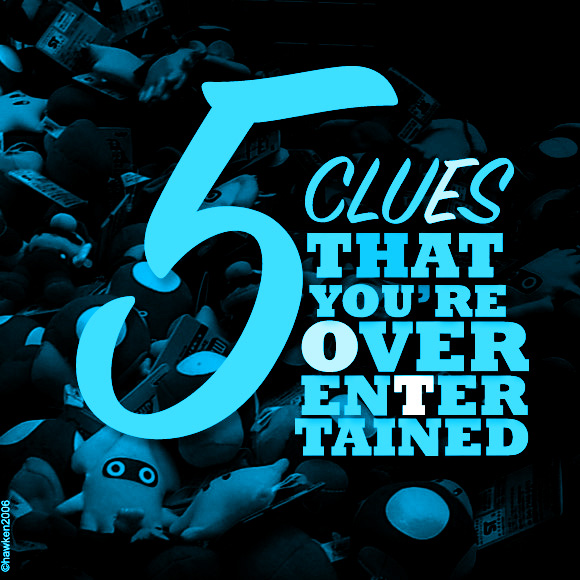





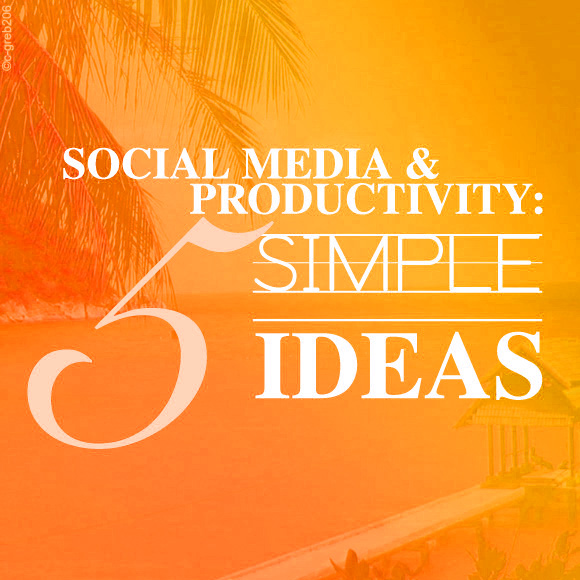





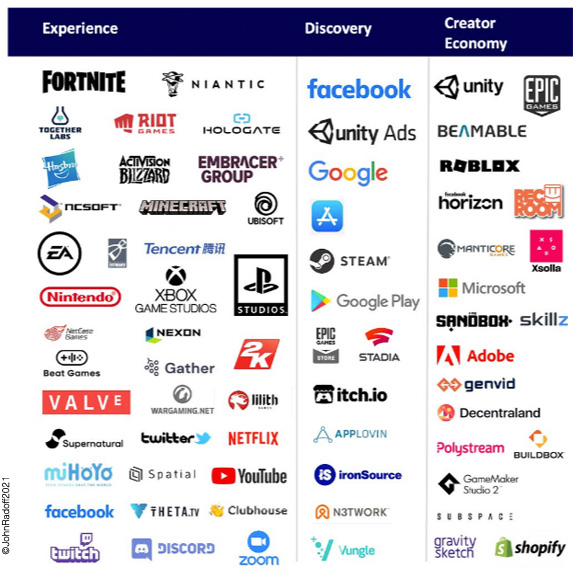
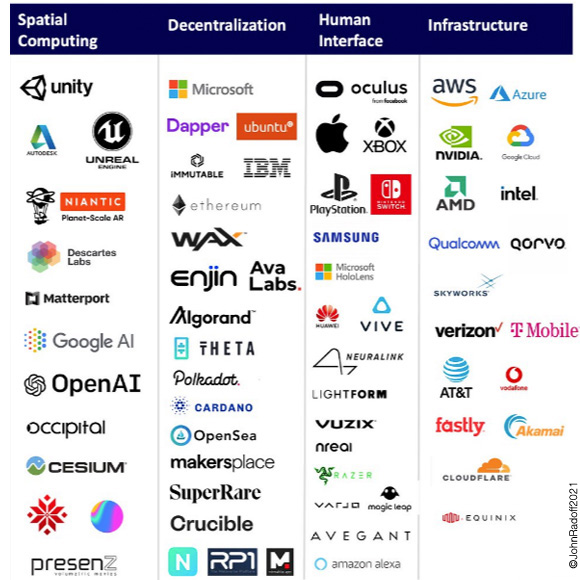
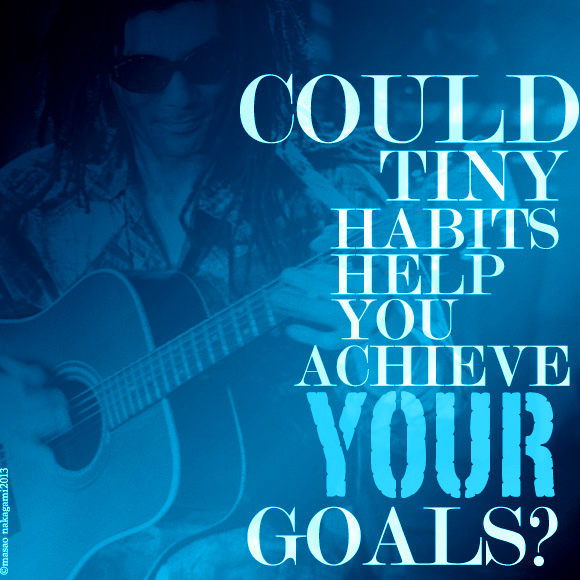


Follow Carol!